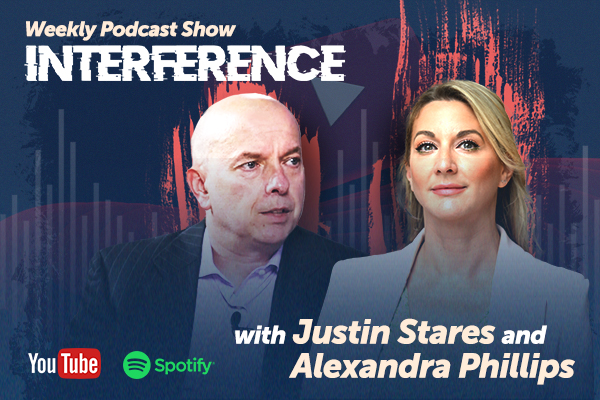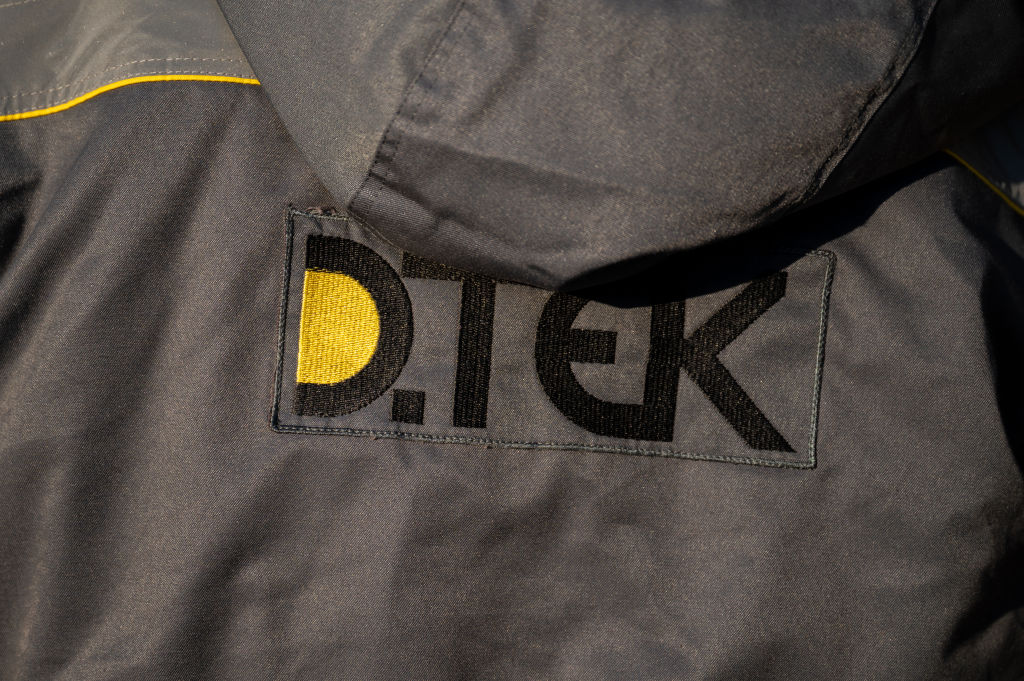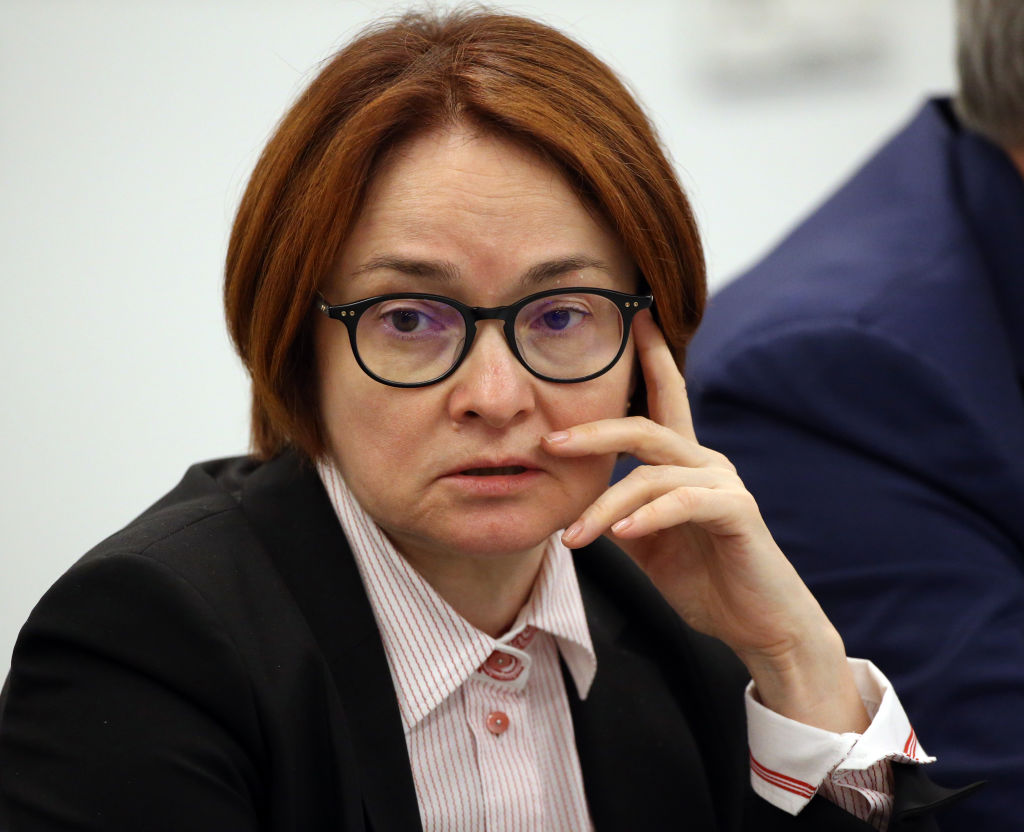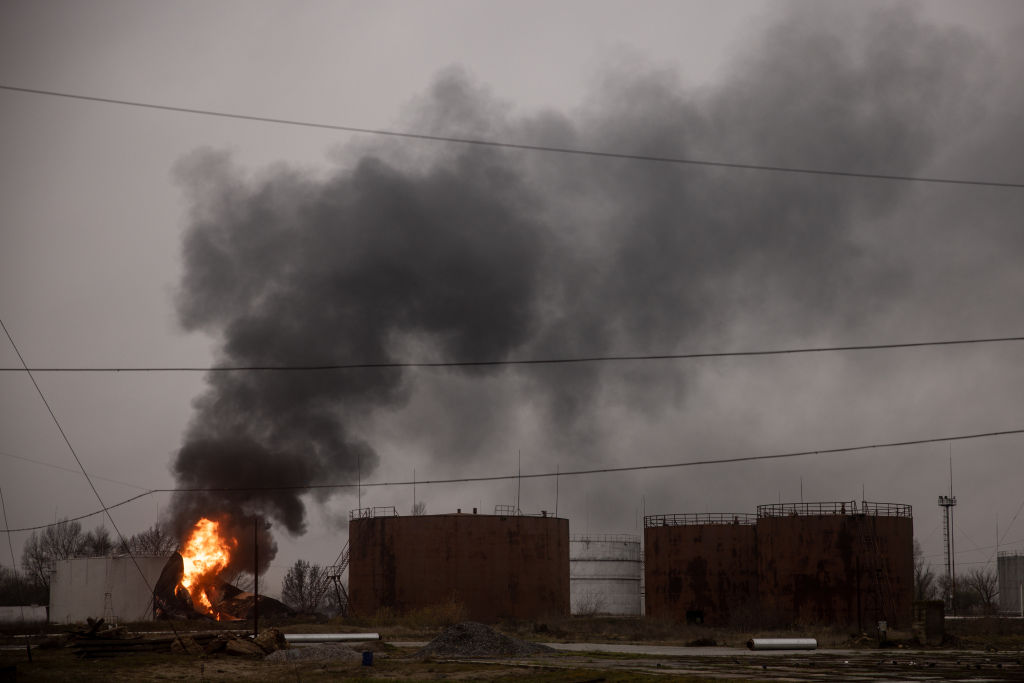US President Donald Trump has tasked his economics team with devising a plan to impose recipricol tariffs on every country that imposed duties on US imports in a fresh salvo at his friends and foes, ramping up prospects for a global trade war.
On February 13, he said targets included the European Union, China, Japan and South Korea. The tariffs would avoid a “one size fits all” approach for more customised levies, he said, although he did not rule out a flat global tariff.
“On trade, I have decided for purposes of fairness, that I will charge a reciprocal tariff, meaning whatever countries charge the United States of America, we will charge them. No more, no less,” Trump told reporters in the Oval Office while discussing measures the White House said would strengthen economic and national security.
The US President signed a memo ordering his team to start calculating reciprocal tariffs to match those charged by other countries and counteract non-tariff barriers.
He has been promising to introduce reciprocal tariffs but the latest directive stopped well short of that, instead kicking off what will likely be weeks or months of investigation into the levies imposed on US goods by other trading partners and then devising a response, according to Reuters.
Howard Lutnick, Trump’s pick for commerce secretary, said the administration would address each affected country one by one and said the administration’s studies on the issue would be completed by April 1.
That was also a deadline Trump set on his first day in office for Lutnick and other economic advisers to report to him with plans to reduce the chronic trade imbalances that the President saw as a US subsidy to other countries.
Trump, who campaigned on a pledge to bring down consumer prices, said prices could go up in the short term as a result of the moves.
“Tariffs are great,” he said.
A White House official, who spoke to reporters before Trump’s event in the Oval Office, said the administration would study countries with the biggest trade surpluses and highest tariff rates first.
Tariffs would match the higher duties charged by other countries, the President said, and would aim to counteract non-tariff trade barriers such as burdensome regulations, value-added taxes, government subsidies and exchange rate policies that could erect barriers to the flow of US products to foreign markets.
“They effectively don’t let us do business. So we’re going to put a number on that that is a fair number. We’re able to accurately determine the cost of these non-monetary trade barriers,” he said.
The broad announcement appeared designed at least in part to trigger talks with the EU and other countries. The White House official said Trump would gladly lower tariffs if others lowered theirs.
“So the President is more than happy to lower tariffs if countries want to lower tariffs. But let’s also recognise that tariffs, higher tariffs, are not the biggest part of the problem in many, if not most cases,” the official said.
Trump’s latest round of market-rattling tariffs has ratcheted up fears of a widening global trade war and threatened to accelerate US inflation.
Trade experts said structuring the reciprocal tariffs that he wanted posed major challenges for his team, which may explain why the latest duties were not announced earlier.
Damon Pike, a trade specialist and principal with the US division of accounting firm BDO International, said the reciprocal tariffs the President envisioned would result in a monumental undertaking, given that each of the 186 members of the World Customs Organisation had different duty rates.
“At the international level, there’s something like 5,000 different descriptions at the 6-digit (product subheading) level, so 5,000 times 186 nations. It’s almost an artificial intelligence project,” he said.
Experts said Trump could turn to several statutes, including Section 122 of the Trade Act of 1974, which would only allow a flat rate maximum of 15 per cent for six months, or Section 338 of the Tariff Act of 1930, which provides authority to act against trade discrimination that disadvantages US commerce, but had never been used.
The US President could also use the same International Emergency Economic Powers Act used to justify the tariffs imposed on China and those pending for Canada and Mexico, or possibly the EU.
The White House official said that measure and others could be used.
“Absent IEEPA [International Emergency Economic Powers Act], there would need to be some kind of agency action first before any trade remedy tariffs can be imposed … but everything seems to be on the fast track,” Pike said, adding that normally tariffs would be ratified by Congress.





